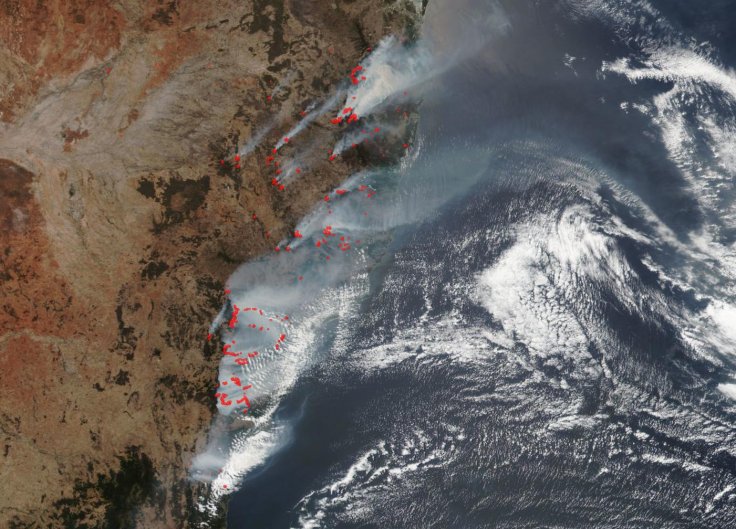Little flakes of white ash have already spread across most parts of Australia due to the raging bushfires and environmentalists wonder if this has caused long-lasting damage to the country. On January 4, 2020, heat waves set a record high in Sydney at 120 degrees Fahrenheit (48.9 degrees Celsius) and became one of the hottest places on earth overnight.
Apart from the dangers of bushfires, Australia is staring at drought and the regional lands of New South Wales with a tiny population of more than 38,000 people, is running out of water and its dam is at just 3.7 percent capacity. Weather forecasts predict that even the 3.7 percent might all but dry up by May 2020, leaving residents with empty taps.

Surprisingly, even the most remote Aboriginal community in Central Australia is also running out of drinking water and small towns in Queensland are relying on charity handouts of water. Environmentalists claim the bushfires have caused drastic climate change and in the coming years, there's a high risk of sea-level water rising and might cause flooding, which is a threat to most of the Australian cities as the majority of its people live around the coastline.

What can be done to safeguard Australia?
Catherine Ryland, an urban planner and a bushfire-resilience expert gave out steps to combat climate change across Australia and if implemented, can save millions of lives. She said the Government should plan more developmental conversation retreat by rebuilding infrastructure in low-risk locations and reducing development in high-risk areas, even at the cost of relocating existing communities, which she says is the "biggest, bravest, boldest step."
"Everyone is suddenly starting to realize that we actually need to plan better for those things, instead of just keep sprawling out into the bush or closer to the ocean," said Catherine Ryland to The Atlantic.
Also, The Planning Institute of Australia has released a similar assessment made by Catherine Ryland and put across the idea of a national settlement strategy. It highlighted that large parts of Australia were more at risk from climate change and if not acted swiftly and in a timely manner, there would be a national disaster.









